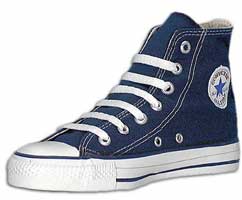- 1,057
- 11
- Joined
- Jan 25, 2006
There was a magazine in the 90's that talked about people getting killed over their sneakers. On the cover, there was an image of some Jordan V's and agun, I believe... can anyone post the image? or at least give me info on what the magazine was?



